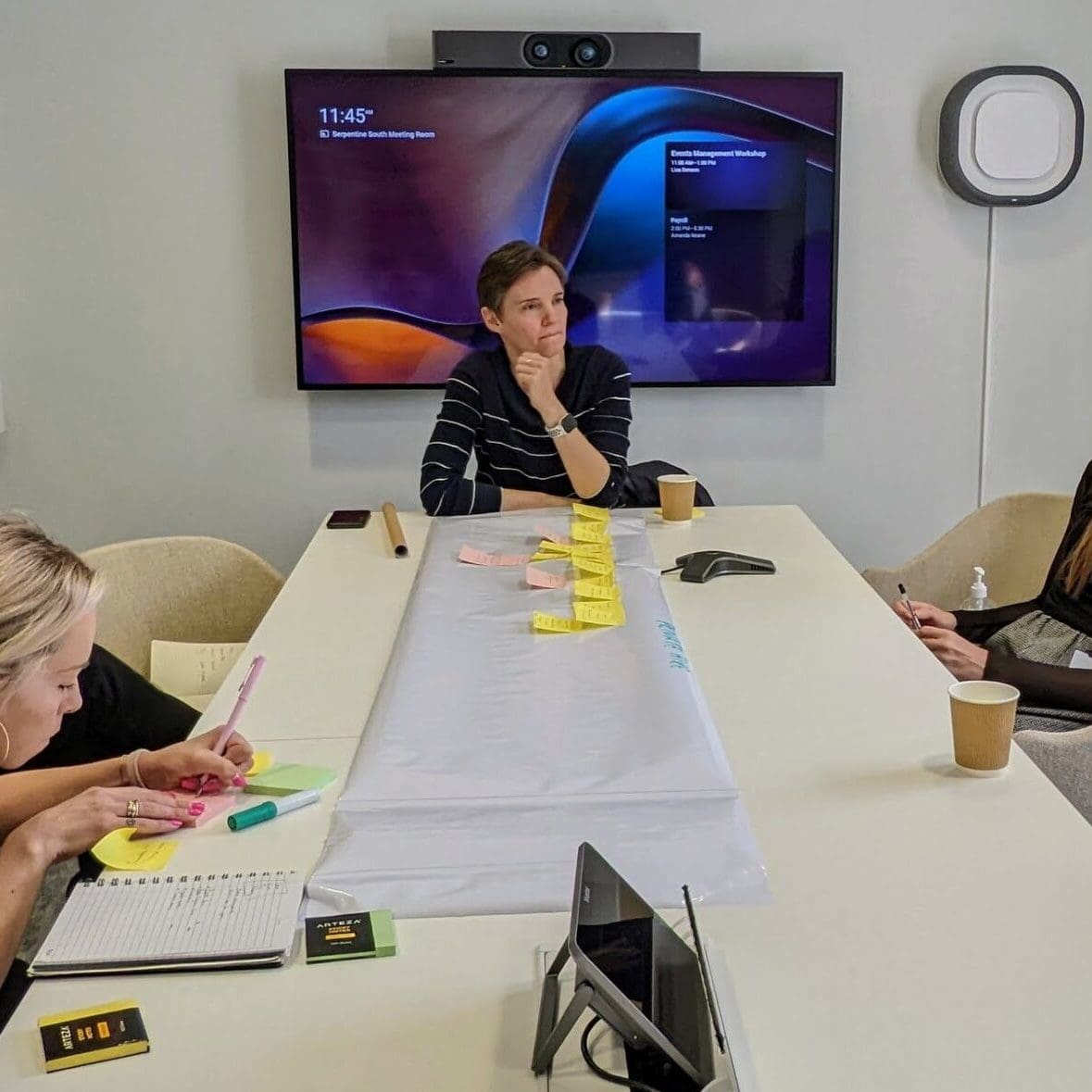Co-designing a new online portal for Scholars with The Robertson Trust
Hyphen8 and The Robertson Trust have been working closely together to develop a new online portal for scholars who are in receipt of funding. The Robertson Trust provides young people with funds to support them through higher education and improve their future employability. They have an existing portal that enables scholars to manage their funding and carry out other tasks, but they’re keen to improve the portal and provide scholars with more features and an easier to use system.
We were keen to take a user led approach to the design – which meant starting with the people rather than the technology.
We involved key staff members from the trust to scope out initial requirements for the portal. Using tools like Teams and Miro helped us to collaborate remotely and start to visualise the end product. We explored questions like:
- What information does Robertson Trust need from scholars?
- What is the current process for receiving and managing funds?
- What information does the Trust want to share with scholars?
Our next step was to develop wireframes for the portal, ready to share with scholars. Wireframes are a great way to show an idea without fully developing it; they are a two-dimensional illustration of an interface. Using The Robertson Trust’s branding, we created a quick sketch wireframe, using whimsical (which is a great tool for creating quick, but aesthetically pleasing wireframes and diagrams.)
Before presenting the wireframe to scholars for feedback, we carried out a workshop with eleven university students. The scholars were in a range of courses and stages in their course and had varying experiences of using the current system. Again, using Miro to collaborate, we explored the following questions:
- What did they use the current portal for?
- What they liked most and least about the portal?
- What they would like to see from a new portal?

Enabling the group to add their ideas and thoughts to the Miro board independently meant that everyone had the opportunity to input into the design. Our initial ideas were shared with the group for feedback. It was great to receive positive feedback but, more importantly, the scholars were open and honest about what they thought was missing and changes they would like to see. This feedback gave us the information that we needed to iterate the initial design, making improvements to enhance the user experience.
Our final wireframe has now been designed and is ready for development. We were able to design an ideal portal for the scholars without getting too technical – just the look and feel was enough to pass onto our development team for the build.
We are taking an agile approach to the development of the portal and will continue to involve scholars throughout the build for testing and feedback. This will make sure the solution is right for the people who are going to be using it the most.
Taking the time to prototype and test before developing the product means that we can now confidently develop the portal knowing that it will meet the needs of the scholars and be easy to use. This approach is likely to reduce the risk of user issues in the future, saving The Robertson Trust time and money. We know that budgets and timelines make it tempting to skip this stage, but our experience has shown that prototyping can speed up development time and minimise user issues.







